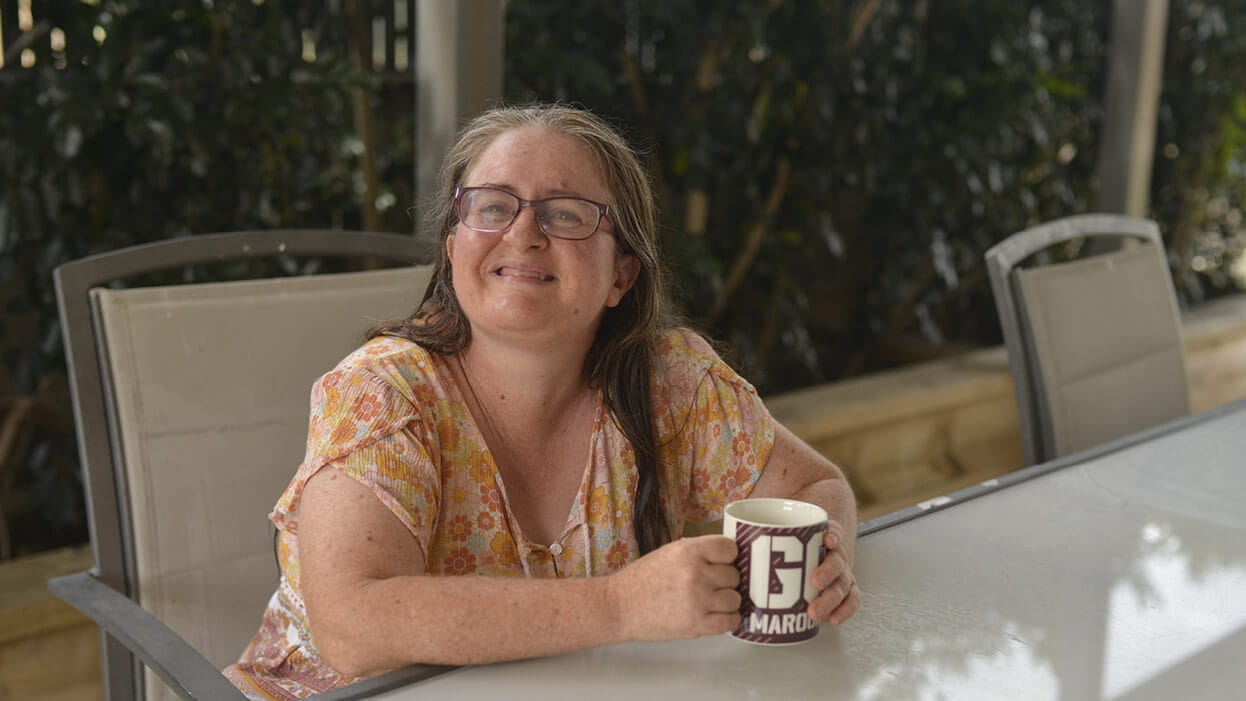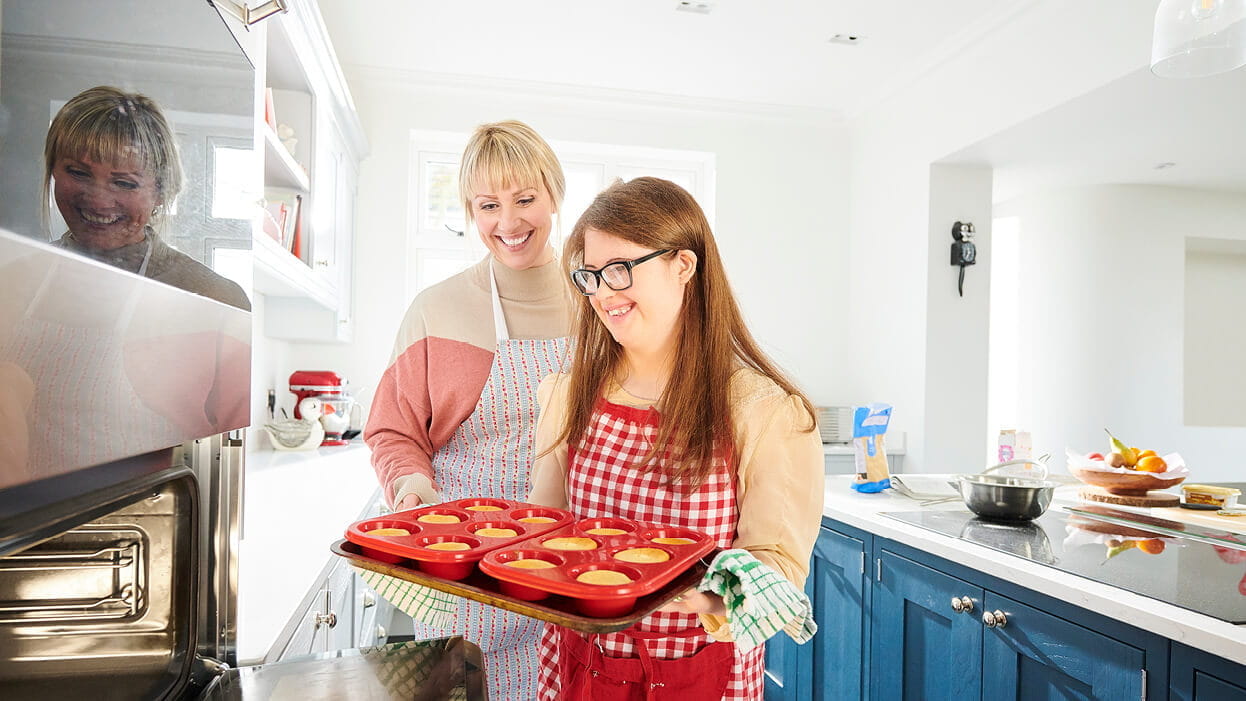What Is SDA? Specialist Disability Accommodation Explained
We detail the ins and outs of Specialist Disability Accommodation to give you a clear understanding of what it is and how it works.
In the world of the National Disability Insurance Scheme (NDIS), phrases and acronyms abound.
One of these popular terms is Specialist Disability Accommodation – or SDA for short.
But what is it exactly? How does it work? How do you get funding for it? And how do you find an SDA home?
There is plenty to get your head around when it comes to Specialist Disability Accommodation. So, we created this handy article that answers common questions about the topic.
Here is your complete guide to SDA.

What Is Specialist Disability Accommodation?
Specialist Disability Accommodation (SDA) is purpose-built housing designed for people with extreme functional impairment or very high support needs.
SDA dwellings have various accessible features and modifications that create an accessible, supportive and safer living environment for its residents.
Through appropriate adaptations, individuals can increase their independence and better engage with their community.
People who live in SDA homes typically share their dwelling with a select number of others.

Types of SDA – What Are the Different Design Categories?
There are four distinct design categories of SDA homes. They are:
- Improved Liveability.
- Robust.
- Fully Accessible.
- High Physical Support.
Let’s explore these SDA categories in more detail.
Improved Liveability
These homes include extra features for those who have trouble with their senses, thinking or learning – such as high-contrast walls and floors for easy visibility.
Robust
Strong and durable, Robust homes have a high level of physical provisions and are built to Livable Housing Australia Silver Level standard.
Fully Accessible
Fully Accessible homes are designed with a variety of physical access provisions for easier living for those with significant functional impairment.
High Physical Support
This category of SDA home incorporates a high level of physical access provisions for people with significant physical impairment who require a considerable degree of support.

Who Is Eligible for SDA funding?
To be eligible for SDA funding, individuals:
- Must be an NDIS participant approved for SDA funding in their NDIS plan.
- Require specialist housing solutions due to extreme functional impairment or very high support needs.
- Are unable to safely live in mainstream housing, even with support.
- Must provide evidence confirming their need for SDA housing.
Additionally, the NDIS funds SDA only if it believes that it is a better option for a participant’s disability support needs than other supports alone.

How Does SDA Funding Work?
In short, SDA funding is paid directly to SDA providers to cover building and maintenance costs.
Participants pay a reasonable rent contribution and other daily living costs, such as electricity bills.
It is worth mentioning that Australian law imposes specific obligations on SDA providers.
These mandates are designed to guarantee that individuals with disabilities reside in secure, accessible and comfortable surroundings.

What Does the SDA Application Process Involve?
Navigating the SDA application process can be challenging, so consider receiving expert assistance. We are here to help.
As a starting point, ‘housing’ must be listed as a specified goal in a participant’s NDIS plan. If it is not listed, it can be added during their NDIS planning meeting.
This meeting helps a participant determine whether the housing support they need includes:
- Home modifications to an existing structure.
- Assistive technology.
- Supported Independent Living (SIL).
- SDA (with or without SIL).
Note: NDIS approval for SDA is dependent on a belief that it is the only means available to a participant to reach their housing goals.

Occupational Therapist Approval
An important step in the application process involves an Occupational Therapist (OT).
OT approval is required before a participant moves into any house.
The OT undertakes an assessment to understand a participant’s requirements in a living arrangement, which forms part of the SDA application.
However, an OT is not responsible for approving the property. Rather, the assessment that the OT submits to the NDIS helps determine whether a participant can be accepted for a property.

Other Key SDA Considerations
As we have indicated, there are many factors that must be considered before a participant moves into an SDA home. Here are a couple of other key elements:
The Ratio Needs to Be Balanced
As part of an assessment, the NDIS will determine the support-worker-to-housemate ratio. This can vary from 1:1 to 1:3.
In very rare instances, participants may be approved for two support workers per participant if the NDIS deems it reasonable and necessary.
Generally, everyone in the house will require similar ratios if the living arrangements are to be workable.
Tenant Compatibility
As with any share-house scenario, participants must be compatible with their potential housemates, and vice versa.

Are SIL and SDA the Same Thing?
No, Supported Independent Living (SIL) and SDA are not the same thing.
In simple terms, SIL relates to funding for support services that are offered in the home while SDA funding applies to the actual bricks-and-mortar accommodation in which those support services are delivered.

How Do You Find SDA Vacancies?
Endeavour Foundation is one of the most recognised SDA providers in Australia – alongside our offering of other quality home and living supports.
Our SDA homes are all about providing comfort, convenience and safety, so you can live as independently as possible.
Whatever home you choose, our dedicated team will deliver the supports you need to thrive.
Head to our dedicated SDA page, which features all our SDA vacancies across Queensland.

Your Trusted SDA Provider
Whether you need help applying for funding, are ready to move in or are somewhere in between, we are here to support you on your SDA journey.
Take the next step with us.
Reach out today.
Our Property Finder Makes It Easier to Find Homes Near You.
Finding your new home is easy. Look for homes in your region today.


